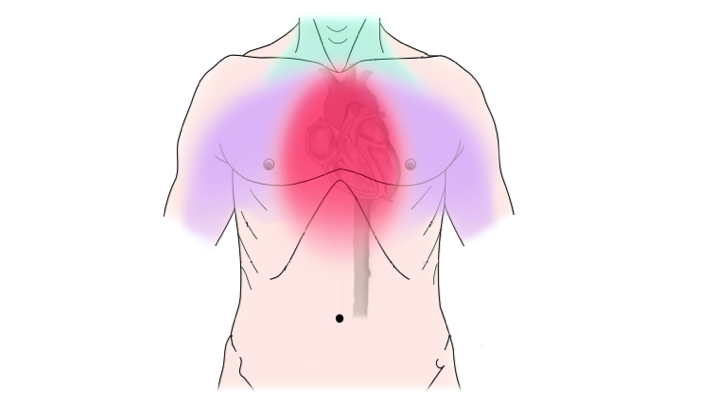Healthy Lifestyle leads to Healthy Heart
- rubiyatrumel123
- Oct 10, 2020
- 3 min read
Welcome back!
Today's topic will address all about Angina, also called angina pectoris.
What is Angina?
Angina is the medical term for chest pain or discomfort. It occurs when the heart muscle doesn't get enough oxygen-rich blood. It is often described as a squeezing, suffocating or burning feeling, mostly in the centre of the chest, behind the breastbone.
Here's a visual explanation of angina and how Jacob managed his condition.
*If you have unexplained chest pain, please seek a healthcare provider right away.*
Types of Angina
Knowing the types of angina and how they differ is important. The two most common types of angina are stable and unstable.
Stable angina (angina pectoris)
It can be managed with medication and healthy lifestyle changes. Stable angina is usually triggered by physical activity. For instance climbing stairs, exercise or walk, our heart demands more blood, but narrowed arteries slow down blood flow.
Unstable Angina
It may not respond to rest or nitroglycerin. It needs urgent medical attention. If fatty deposits (plaques) in a blood vessel rupture or a blood clot forms, it can quickly block or reduce flow through a narrowed artery. This can suddenly and severely decrease blood flow to your heart muscle.
Symptoms
Angina symptoms can vary from person to person, between men and women, and by the type of angina you have. The main symptoms of angina are the following:
1. Shortness of breath or difficulty breathing.
2. Pain such as:
Tightness, pressure or discomfort in the centre of the chest.
Ache or discomfort in areas other than the chest: jaw, shoulder, arms or back.
A burning sensation that feels like indigestion or heartburn.
Burning or cramping pain.
More common in women: vague pain, pain in the neck or throat.
3. Fatigue.
*Be mindful* Women may describe their angina symptoms differently than men.
They are more likely to experience:
vague pain in the centre of the chest
pain in the neck or tightness in the throat
the feeling of a panic attack, anxiety
dizziness, fainting
sweating at night
fatigue
If the chest pain is new, worsening or constant, seek medical care immediately. You are at greater risk of:
heart attack
irregular heartbeat (arrhythmia)
cardiac arrest
Causes
Angina happens when there’s not enough blood flow to the heart as the outcome of a heart disease. Without enough blood, the heart doesn’t get enough oxygen. This triggers the chest pain.
1. Angina pain can be triggered by:
physical activity
exercise
emotional stress
extreme temperatures (either hot or cold)
heavy meals
drinking alcohol
smoking
2. Blocked arteries from coronary artery disease are the most common cause of angina.
When your arteries are too narrow, your heart doesn’t get enough blood.
When there’s less blood, there’s less oxygen.
Without enough blood and oxygen, your heart works too hard which triggers angina.
3. Coronary artery spasm is a contraction in the blood vessels that supply the heart.
If the blood vessel is constricted, blood flow to the heart can decrease or even stop.
This lack of blood flow can cause angina or heart attack.
4. Uncontrolled high blood pressure.
5. Narrowing of the valves in the heart (aortic stenosis).
6. Enlarged heart (hypertrophic cardiomyopathy).
Preventions/Treatments
All chest pain should be checked by a doctor. If you have unstable angina or that your angina is involved to a serious heart condition, they may recommend the following tests and procedures:
EKG (Electrocardiogram).
Stress Testing.
Blood Tests.
Chest X-Rays.
Coronary Angiography and Cardiac Catheterization.
Computed Tomography Angiography.
If it is not as serious, other treatments include:
1. Lifestyle changes:
Be smoke-free.
Be more active.
Aim for a healthy weight.
Eat a healthy balanced diet.
Drink less alcohol.
Manage stress.
2. Medicines.
3. Cardiac procedures.
4. Cardiac Rehab.
Here's a clear explanation of how to understand symptoms and know what to do when someone is having an angina attack.
What a mouthful! Now that you know almost everything about angina, now you are aware and confident for preventing it.
Healthy lifestyle is your heart's best friend. Take care of it.
Stay safe, wear your mask and keep your distance!
References:
heart.org



.png)













Comments